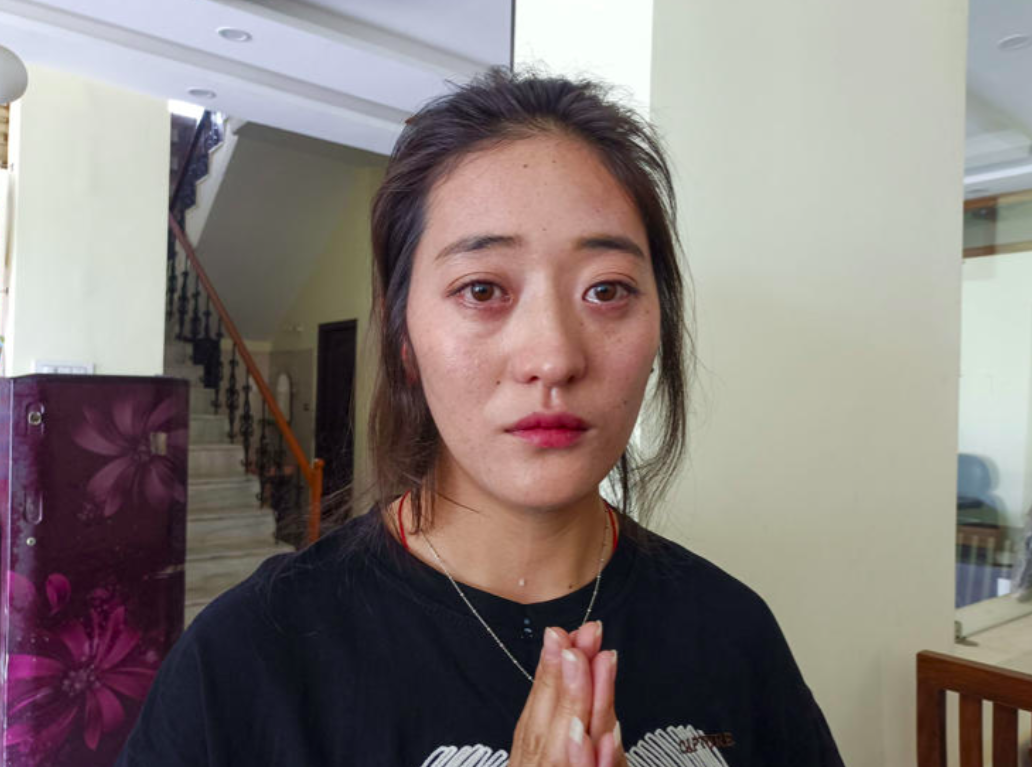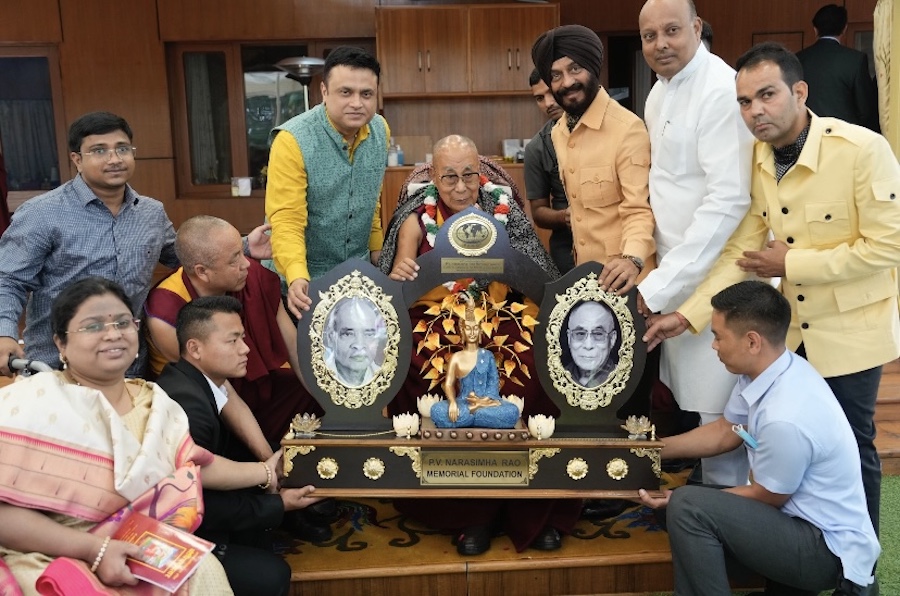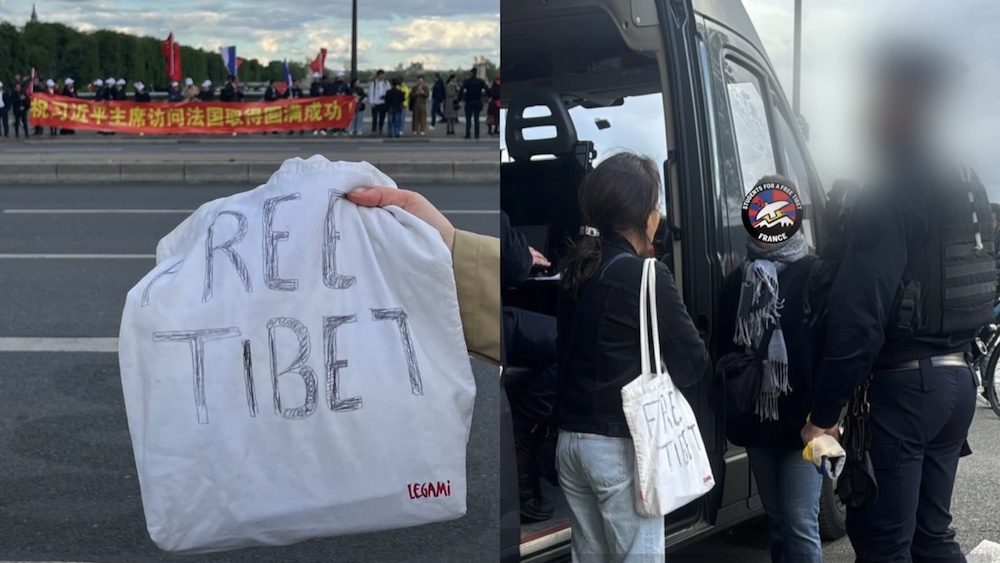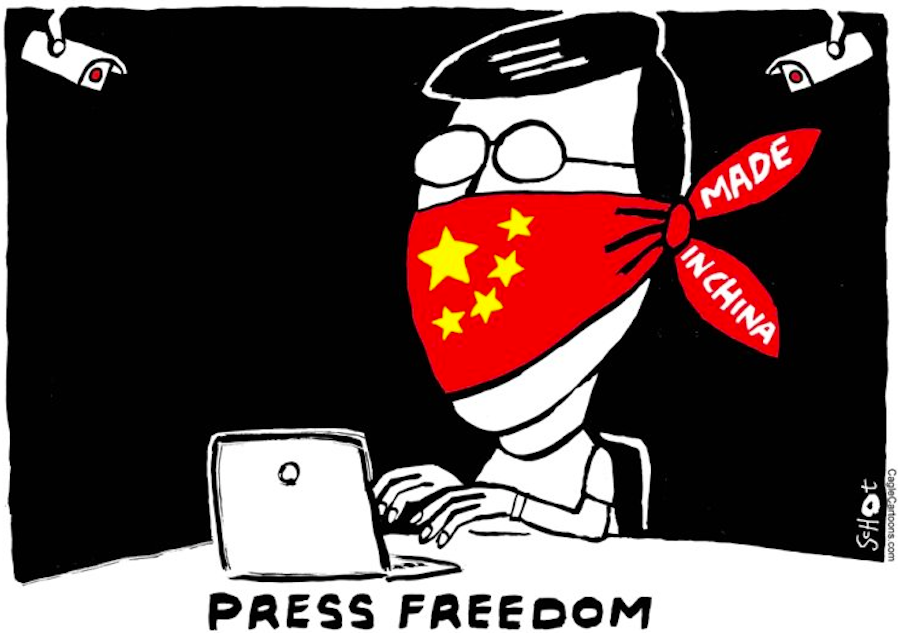By Soutik Biswas
BBC correspondent in Delhi
He is the angry young face of Tibetan exiles in India, fighting the stereotypical view of Tibetans as peace-loving monks.
 Now Pema Dhondup has made what he says is the first film to explore discontent among the young Tibetan exiles.
Now Pema Dhondup has made what he says is the first film to explore discontent among the young Tibetan exiles.
We’re No Monks is a radical Tibetan-English film which, according to Dhondup, is far removed from Hollywood’s “Shangri-La image” of Tibetan identity.
It is the story of four disaffected young Tibetan exiles who get catapulted into a “violent mission for Tibet’s freedom”.
Chinese forces took control of Tibet in 1959 and Beijing insists Tibet is part of China.
The four exiles’ “mission” takes them to the Indian capital Delhi, where one of them becomes a human bomb killing a visiting Chinese diplomat.
Violence and vice
The 37-year-old Dhondup, who studied filmmaking at an American film school on a Fulbright scholarship, is a second generation exile.
 He lives in Dharamsala, the north Indian hill-town which is home to Dalai Lama, the Tibetans temporal leader, and to the majority of Tibetan exiles in India.
He lives in Dharamsala, the north Indian hill-town which is home to Dalai Lama, the Tibetans temporal leader, and to the majority of Tibetan exiles in India.
Dhondup says young exiles are becoming “confused and disillusioned” with the pace of progress in reclaiming their homeland.
“I have a straightforward view. Nobody will do anything for us unless we do something ourselves,” Mr Dhondup told BBC News Online.
“Non violence does not mean non-action. The Tibetan cause is not moving forward and a change in approach may be necessary.”
Dhondup also finds the image of Tibetans as “peace-loving monks” is flawed.
“There are very ordinary Tibetans who get angry, have ordinary vices. If tomorrow they take to violence as a means to express themselves, please do not be surprised.”
The filmmaker, who loves watching Akira Kurosawa, David Lean, Quentin Tarantino and Martin Scorsese, says the title of his film says it all.
Dalai Lama
We’re No Monks is a departure from big-budget, star-studded films on Tibet like Kundun and Seven Years in Tibet.
For one, the 100-member crew, including some 40 actors, worked without a fee – most had never faced the cameras before.
 The cast includes Bollywood baddie Gulshan Grover, who plays the role of a police officer.
The cast includes Bollywood baddie Gulshan Grover, who plays the role of a police officer.
Grover read the script and agreed to waive his fee for the film, even bringing his own costume from Bombay (Mumbai).
“We even kidnapped a random stranger off the road to play an extra! I did the same to my mother,” says Mr Dhondup.
That would explain the film’s paltry 3,000,000 rupee ($ 66,666) budget.
Dhondup has also meshed fiction with real life, using real crowds, including a scene which shows the Dalai Lama’s convoy moving through town.
Suicide bombers
The filmmaker represents the young Tibetan community who are not very happy with the way the world regards them.
“During a student party in America, I was having chicken and sipping wine when a friend shrieked: ‘Look Pema is having meat! He is a Tibetan!'” he recalls.
“I was shocked. I had to tell her that I do lots of other things too. I think somebody should tell stories about the ordinary Tibetan who is not a monk and has ordinary desires.”
 That is exactly what Dhondup has set out to do with his film.
That is exactly what Dhondup has set out to do with his film.
Now he is working on a screenplay about a legendary Tibetan king which fuses magic and philosophy.
But before he makes his Tibetan Lord of The Rings, Dhondup will be taking his film around the world.
He wants to argue that many Tibetans want to take radical action for their homeland.
His justification of violence is far removed from the Dalai Lama’s views – the Tibetan spiritual leader condemns violence and favours dialogue as solution to the Tibet problem.
There are 1.3 million Tibetan exiles in India.









